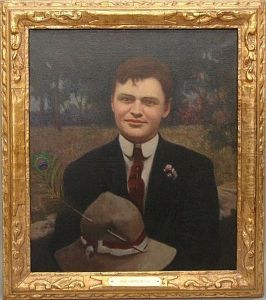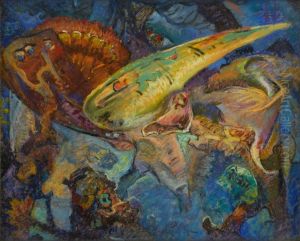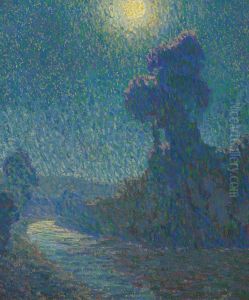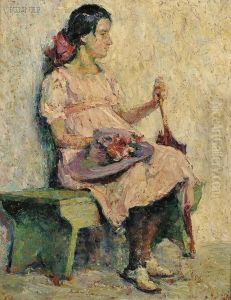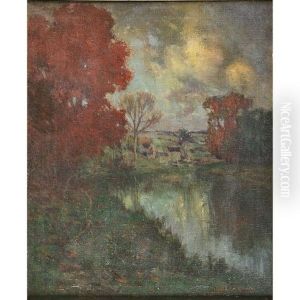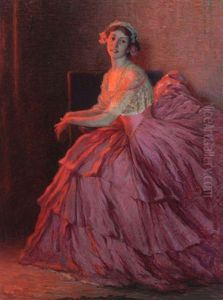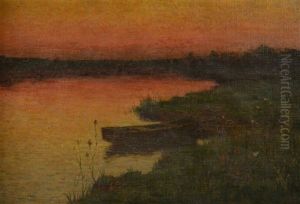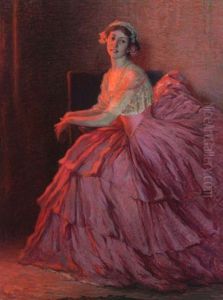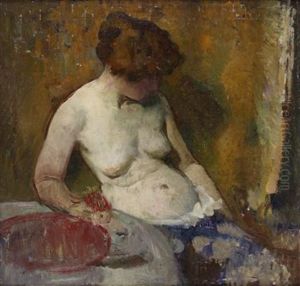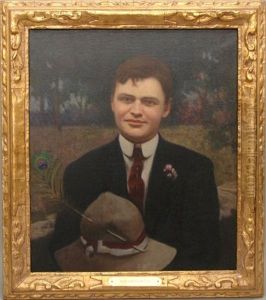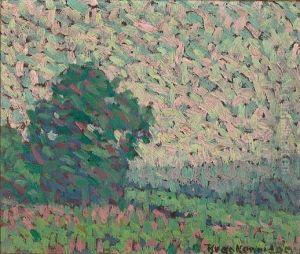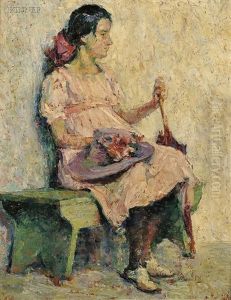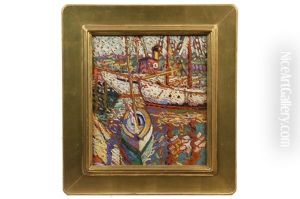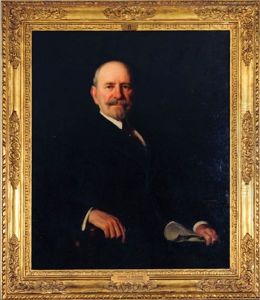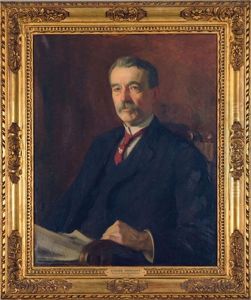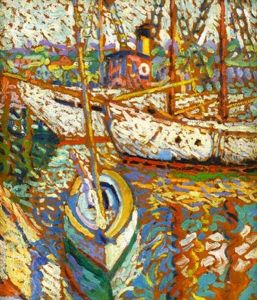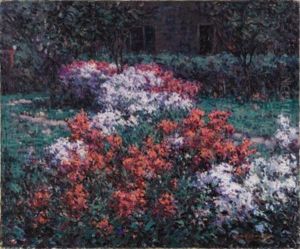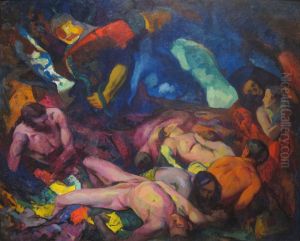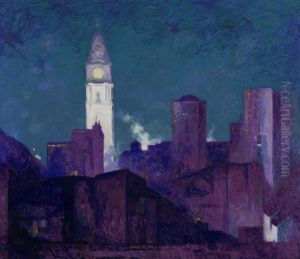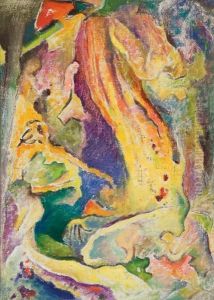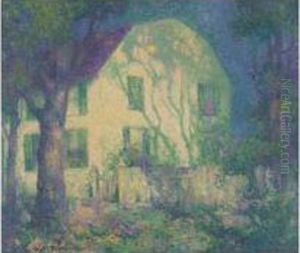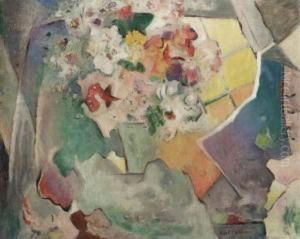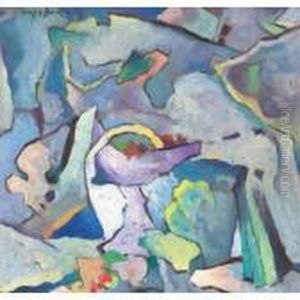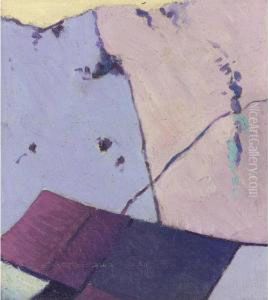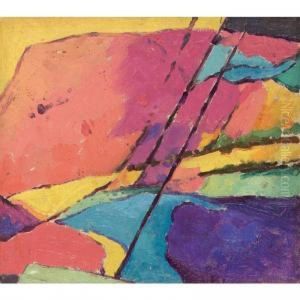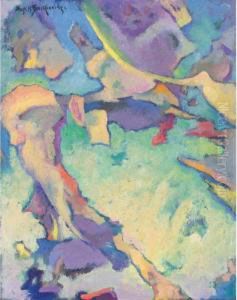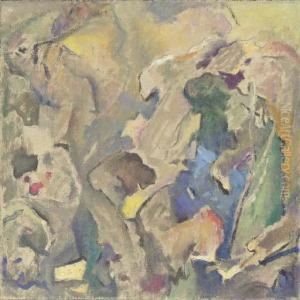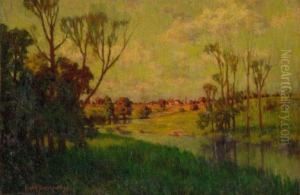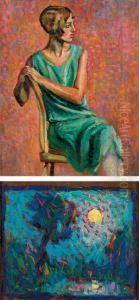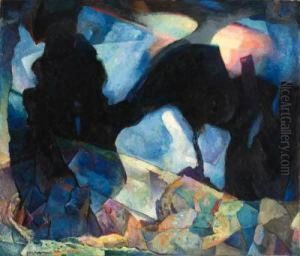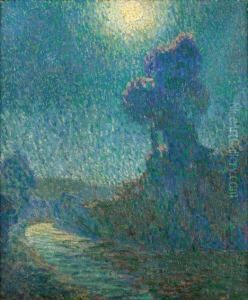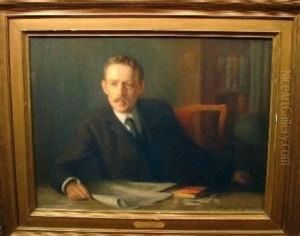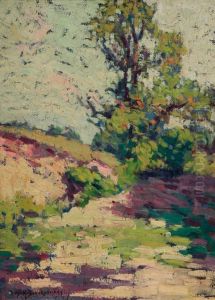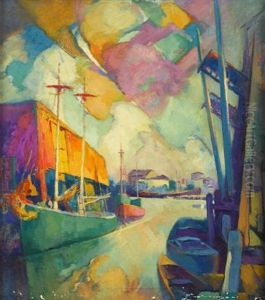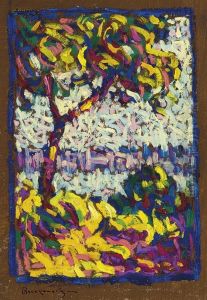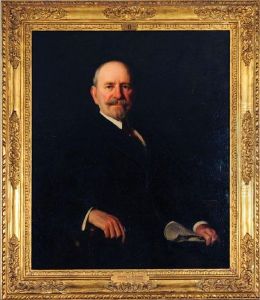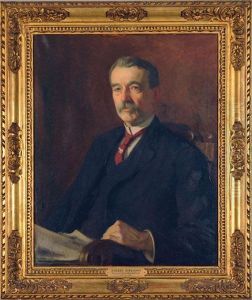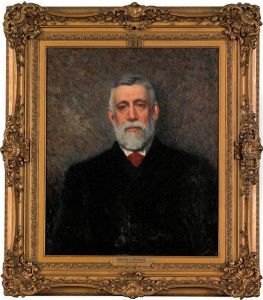Hugh Henry Breckenridge Paintings
Hugh Henry Breckenridge was an American artist known for his vibrant impressionist and post-impressionist paintings. Born in Leesburg, Virginia, on October 6, 1870, Breckenridge studied art at the Pennsylvania Academy of the Fine Arts (PAFA) in Philadelphia under the tutelage of Thomas Eakins. He furthered his education in Europe, where he was influenced by the work of the Old Masters as well as contemporary European art movements.
After returning to the United States, Breckenridge began his career as a traditional academic painter, but his style evolved significantly over time. He became known for his use of bold colors and dynamic brushstrokes, which reflected the influence of Impressionism and, later, Fauvism. Throughout his career, Breckenridge was also involved in arts education, becoming a respected teacher at PAFA, where he influenced a generation of artists.
Breckenridge's works often featured landscapes, though he also painted still lifes and portraits. His landscape paintings, in particular, were celebrated for their energetic application of paint and vibrant palette, which captured the changing qualities of light and atmosphere. In the early 20th century, he established the Breckenridge School of Art in Gloucester, Massachusetts, which attracted many students who were eager to learn from his modern approach to painting.
He continued to paint and teach until his death on November 19, 1937, in Philadelphia, Pennsylvania. Today, Hugh Henry Breckenridge's paintings are held in various public collections, including the Art Institute of Chicago and the Smithsonian American Art Museum. His legacy endures as a bridge between the academic traditions of the 19th century and the modernist movements that shaped American art in the early 20th century.
